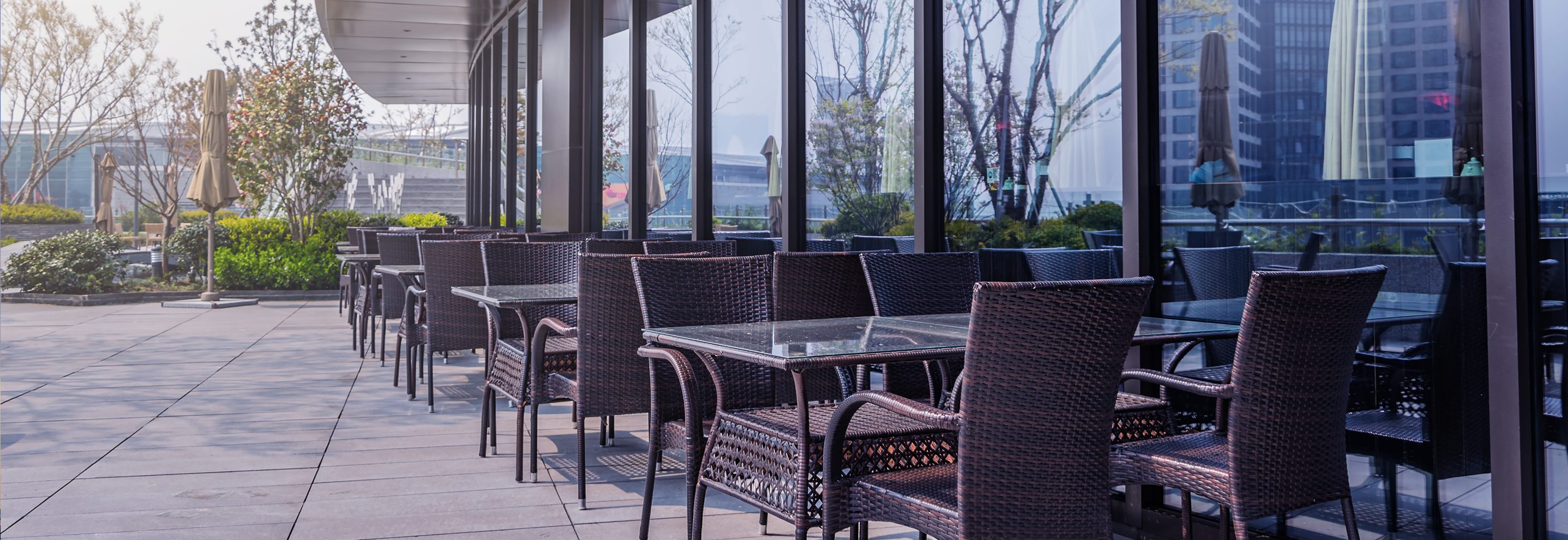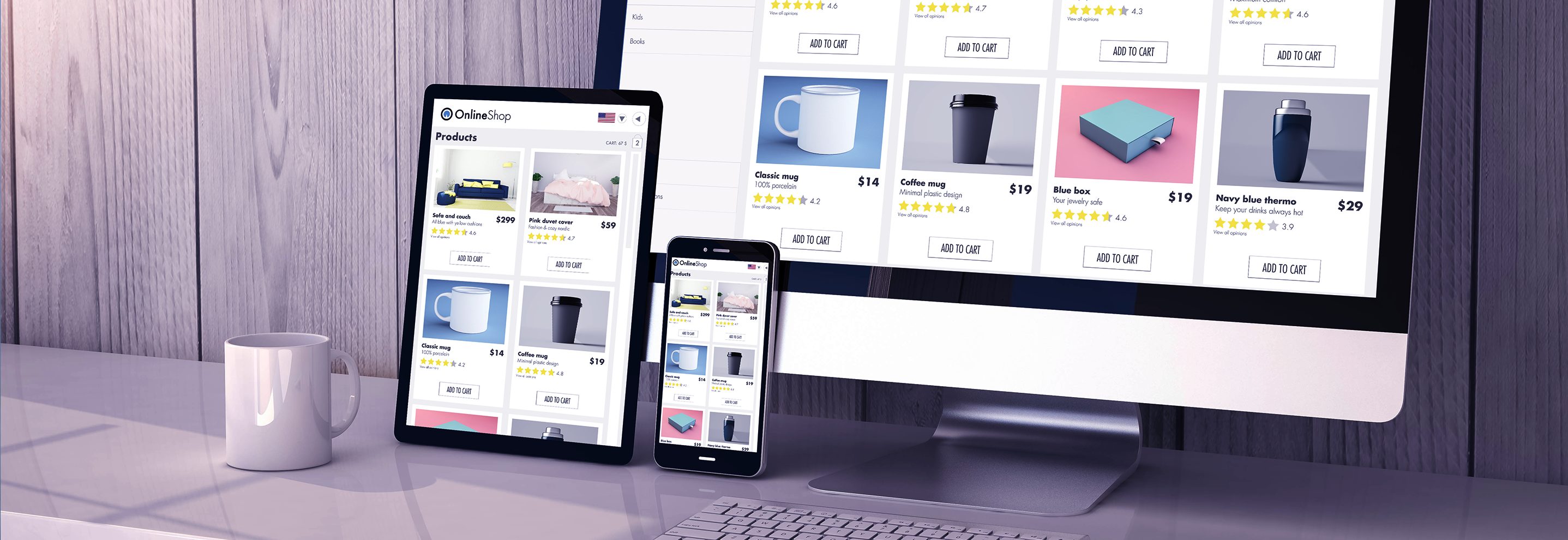During my 20 years in private equity in New York, I learned quite a few lessons about what makes a thriving business and its people tick — for better or for worse. Some are driven by dollars and cents; some are motivated by a people-first philosophy that puts human beings at the center of decision-making. Many fall somewhere in between.
When I decided to spin out of the private equity world and start a company, I quickly realized how important it was to articulate my own philosophy. Otherwise, how could I lead others in any direction with a clear purpose?
Fortunately, my entrepreneurial craze turned out to be the right move, and four years later — with patience, grit, and an amazing team — we’ve exponentially grown and now serve more than 500 of the world’s top private equity firms. I believe this is in part due to a handful of “ingredients” — all of which reinforce one another and somehow ensure that we are getting back what we put in. Follow this recipe and your business will likely be the better for it:
Ingredient No. 1: Do good with good.
This is probably about as simple as it gets. I call it the “Karma School of Business”: Do good things with and for good people, and the world tends to take care of itself. It’s not necessarily the fastest path to Rome, but in my experience, this approach yields the highest percentage chance of long-term success.
The Karma School of Business principle is at the center of my company’s work, where we connect business leaders with service providers to help create a successful environment for both parties. We actively test the service providers we invite into our network for this mindset, and I consider it one of the key reasons why we have grown so quickly.
Ingredient No. 2: Work and learn hard.
Secretary Colin Powell said it well: “There are no secrets to success. It is the result of preparation, hard work, and learning from failure.” I built my career in an industry filled with many of the smartest people in the world. I most definitely was not the smartest person in most of the rooms I shared with peers. The thing that differentiated me was that I worked exceptionally hard, asked lots of questions, and sought answers from those who had already figured out the thing I needed to know.
The lesson here: Don’t recreate the wheel. Instead, ask a lot of questions, take time to learn how things operate, and then work tenaciously to make it happen.
Ingredient No. 3: Use the word ‘no.’
In our business, it’s our job to connect private equity firms with specialized third parties (e.g., boutique advisors, independent consultants, interim executives, etc.). If a resource isn’t the perfect fit, we tell them. “No” is always the best answer.
This is often hard to do, particularly if you think someone is otherwise smart, effective, and likable. But this doesn’t always mean they are the right person for the job. The trick is learning to say “No” in a self-aware and gracious way. I take a lot of time to explain how life is too short to put yourself in a bad position. To throw another quote in the mix, according to Warren Buffet, “It takes 20 years to build a reputation and five minutes to ruin it.” Your customers will thank you for saying “No” when it’s not the right situation and will remember you when it is.
The caveat to this ingredient: Do not be anti-everything. “No” can be the easiest thing in the world to say. But if you’re not being thoughtful, you can become paralyzed in the face of otherwise confidently manageable risk. Good people know the difference between an errant “no” and one that is applied with introspection and purpose.
Ingredient No. 4: Prioritize growth.
Whether you’re committed to personal growth or the growth of the business, this ingredient is vital to the health and longevity of any thriving business. The ability to learn, be agile, and always on your toes is often the difference between success and failure.
My dad had many wise sayings when I was a kid. One relevant one that comes to mind is, “The second you start to feel like you’ve figured the world out, you’re already falling behind.” Investing time and energy into constantly advancing knowledge and skills (for yourself, your employees, and your customers) will benefit you and your business in spades.
Word to the wise: Growth-oriented organizations are far more likely to retain their best employees. Your best people will eventually leave if they feel bored or stagnant.
Ingredient No. 5: Adopt a winning mindset.
When push comes to shove, at the end of the day, ingredients one through four are foundational for success. However, you still need to have a winning mindset to create a thriving business that matters. It’s imperative that you work to win for your customers, win for your stakeholders and win for your company and yourself.
To be clear, I’m not talking about a “winner takes all” mentality, where someone else is always losing. Healthy relationships are not transactional. They should be built around core commitments that are important and lead to the success of both parties.
A winning mindset means that you’re always looking for ways to ensure that both you and your peers end up ahead.
The 5 Key Ingredients To Building A Thriving Business originally appeared on Forbes.com.











